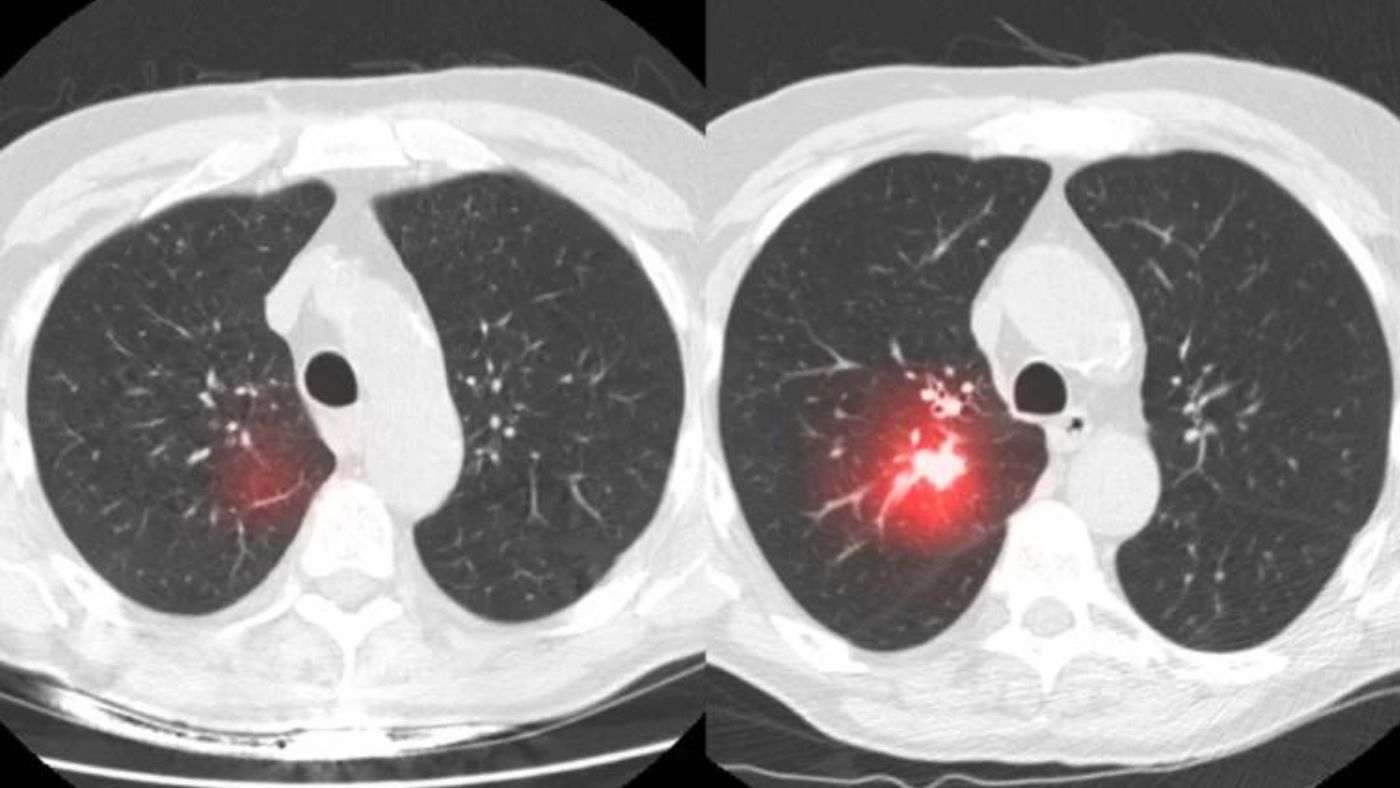Doctors, scientists, and researchers have developed an artificial intelligence model capable of accurately identifying cancer, a breakthrough they believe could expedite disease diagnosis and accelerate patient treatment.
Cancer is a leading cause of death worldwide, accounting for approximately 10 million deaths annually, or nearly one in six deaths, according to the World Health Organization.
However, in many instances, the disease can be cured if detected early and treated promptly.
The AI tool, created by experts at the Royal Marsden NHS Foundation Trust, the Institute of Cancer Research, London, and Imperial College London, can determine whether abnormal growths identified on CT scans are cancerous.
According to a study, the algorithm outperforms current methods in both efficiency and effectiveness. These findings have been published in the Lancet’s eBioMedicine journal.
“In the future, we hope it will improve early detection and potentially make cancer treatment more successful by highlighting high-risk patients and fast-tracking them to earlier intervention,” said Dr. Benjamin Hunter, a clinical oncology registrar at the Royal Marsden and a clinical research fellow at Imperial.
To develop the AI algorithm, the team used CT scans from about 500 patients with large lung nodules. The technique, known as radiomics, can extract vital information from medical images that are not easily spotted by the human eye.
The AI model was then tested to determine if it could accurately identify cancerous nodules.
The study used a measure called area under the curve (AUC) to assess the model’s effectiveness at predicting cancer. An AUC of 1 indicates a perfect model, while 0.5 would be expected if the model were randomly guessing.
The results demonstrated that the AI model could identify each nodule’s risk of cancer with an AUC of 0.87.
This performance surpassed that of the Brock score, a test currently used in clinics, which scored 0.67. The model also performed comparably to the Herder score, another test, which had an AUC of 0.83.
“According to these initial results, our model appears to identify cancerous large lung nodules accurately,” Hunter said.

“Next, we plan to test the technology on patients with large lung nodules in clinics to see if it can accurately predict their risk of lung cancer.”
The AI model may also assist doctors in making quicker decisions about patients with abnormal growths that are currently considered medium-risk.
When combined with the Herder score, the AI model was able to identify high-risk patients within this group.
It would have suggested early intervention for 18 out of 22 (82%) of the nodules that were later confirmed as cancerous, according to the study.
The team emphasized that the Libra study—backed by the Royal Marsden Cancer Charity, the National Institute for Health and Care Research, RM Partners, and Cancer Research UK—was still in its early stages.
More testing will be needed before the model can be integrated into healthcare systems.
However, they highlighted the potential benefits. Researchers hope the AI tool will eventually speed up cancer detection by helping to fast-track patients to treatment and by streamlining the analysis of CT scans.
“Through this work, we hope to push boundaries to speed up the detection of the disease using innovative technologies such as AI,” said the Libra study’s chief investigator, Dr. Richard Lee.
The consultant physician in respiratory medicine at the Royal Marsden and team leader at the Institute of Cancer Research explained that lung cancer exemplifies the urgent need for new initiatives to speed up detection.
Lung cancer is the leading cause of cancer mortality worldwide, accounting for a fifth (21%) of cancer deaths in the UK.
Early diagnosis significantly improves treatment outcomes, but recent data shows that more than 60% of lung cancers in England are diagnosed at stage three or four.
“People diagnosed with lung cancer at the earliest stage are much more likely to survive for five years, compared with those whose cancer is caught late,” said Lee.
“This means it is a priority we find ways to speed up the detection of the disease, and this study—which is the first to develop a radiomics model specifically focused on large lung nodules—could one day support clinicians in identifying high-risk patients.”
